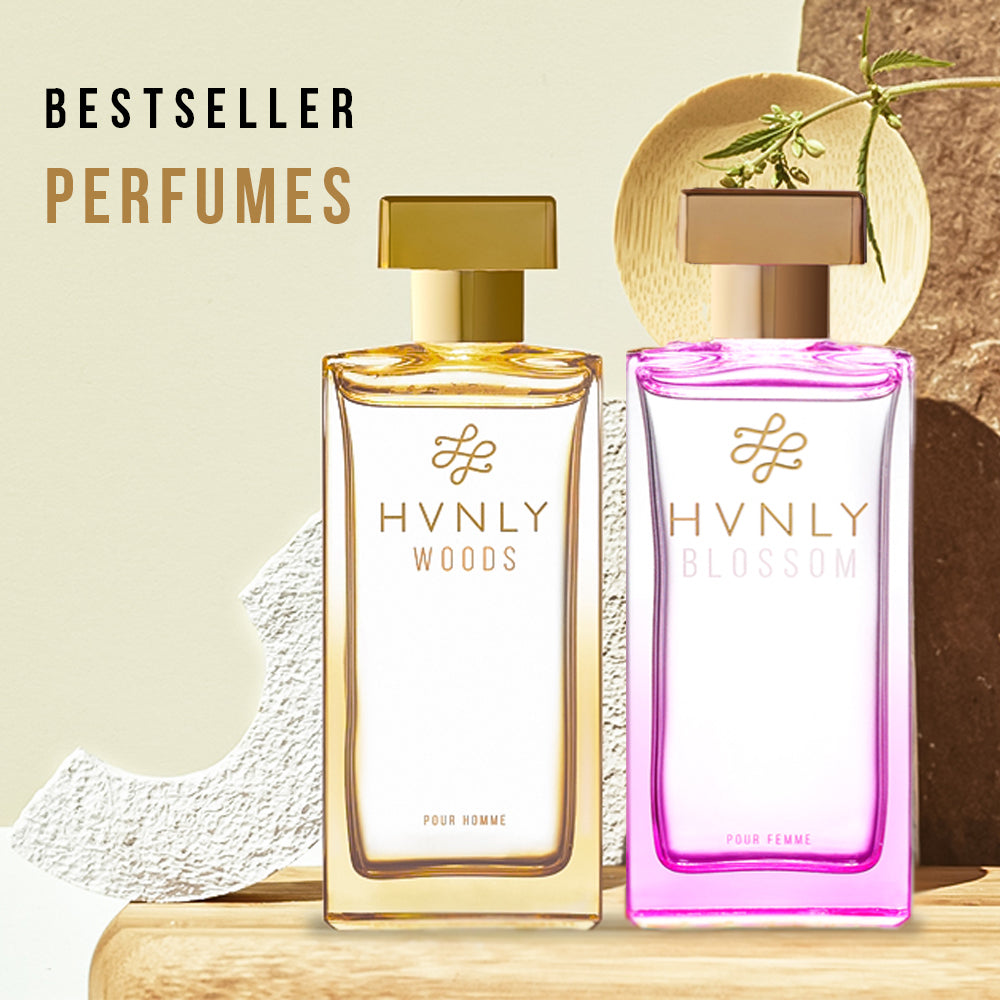
QUEEN OF THE INDIAN ‘GAJRA’
Share
If you have had the opportunity to visit South India, you may have noticed the colourful attires and embellishments used by ladies. The Indian woman is beautifully adorned in eye catching colours and presents a memorable picture of culture, especially during religious or festive occasions such as weddings. An essential part of this attire is a garland of jasmine flowers worn in the hair, called ‘gajra’ in hindi. ‘Gajra’ not only enhances the visual appeal, but also leaves a trail of mesmerising sweet scent around the wearer.
Similar to the gajra complementing the luxurious look of women, Jasmine adds richness and intensity to a perfume. The floral note of Jasmine has a sensuous muskiness which makes it irresistible. Interestingly, this flower originated from the Himalayas and therefore has a strong Indian connection. While there are a large variety of Jasmine flowers, there are two species which are primarily used in perfumery - Jasminum Grandiflorum and Sambac Jasmine. Perfumers use different concentrations of this essence and blend it with other ingredients to produce those dreamy, heady scents that transport us to a parallel universe of sweet sensuous delights.
In an earlier era, this fragrance was extracted from the flower through enfleurage, in which the flowers were placed between layers of fat from which the scent was extracted using alcohol. In the present day, this scent is extracted using the solvent process. Jasmine absolute is extraordinarily expensive as it takes about 8000 hand-picked flowers to produce 1ml of this perfume ingredient. These days, it is also produced synthetically. No wonder then, that perfumers who use the natural extract take pains to emphasise this fact!
In keeping with the graceful nature of the flower, we have used Jasmine absolute in our perfumes:
- Grace,
- Pleasure,
- Queen,
- Ecstasie,
- Juicy Rouge,
- Floral Crush,
- Enchanted Garden,
- Cafe In Ibiza for women.
Author: Sandipani Padhi

